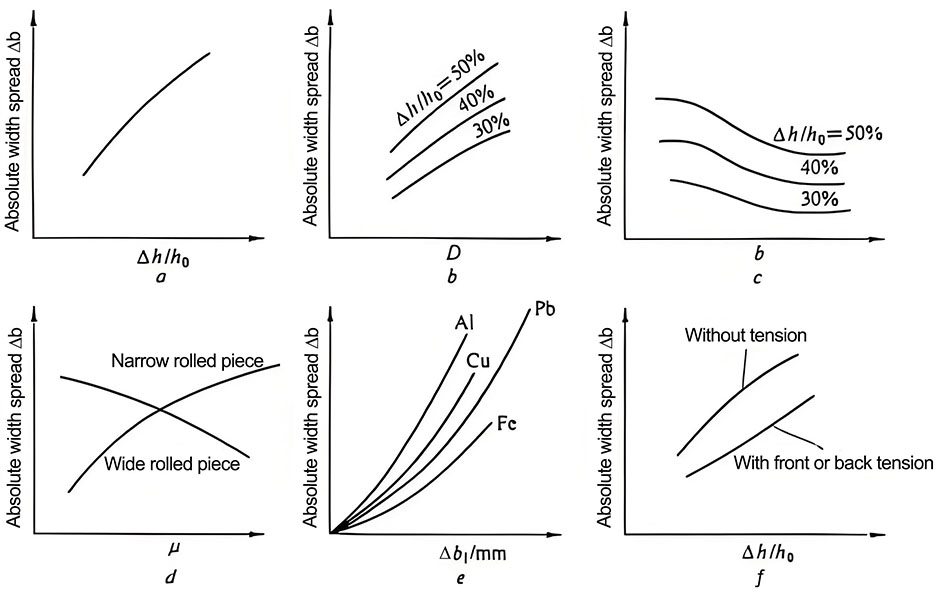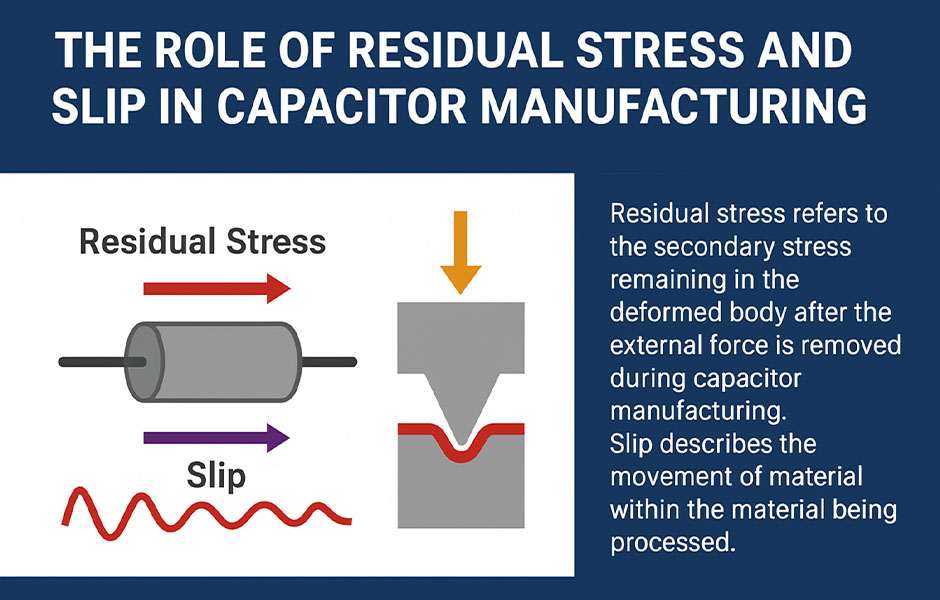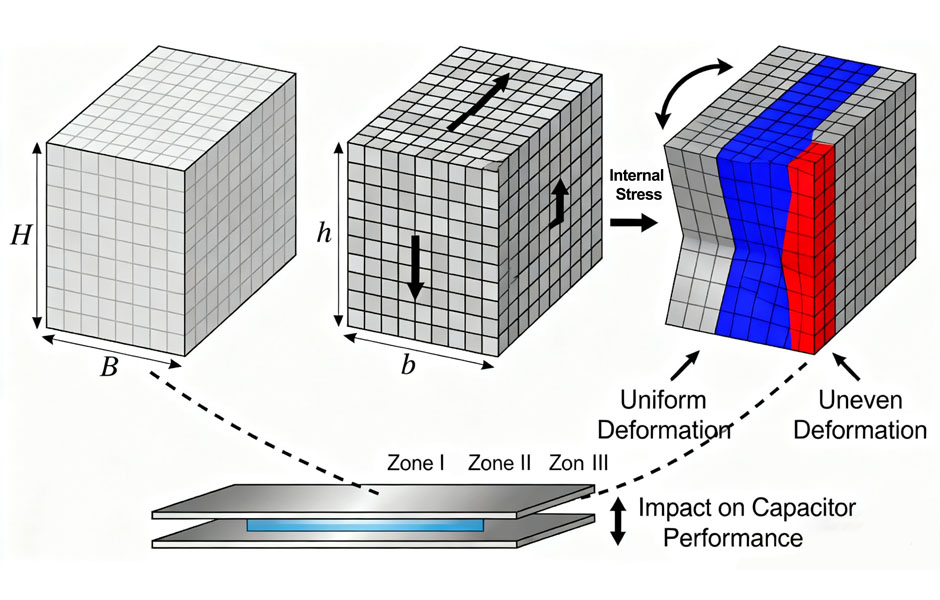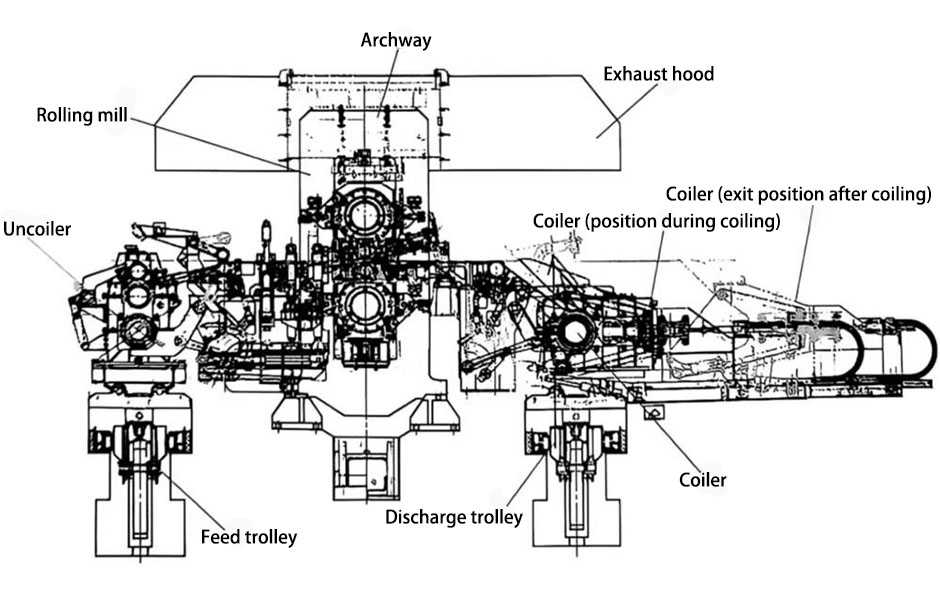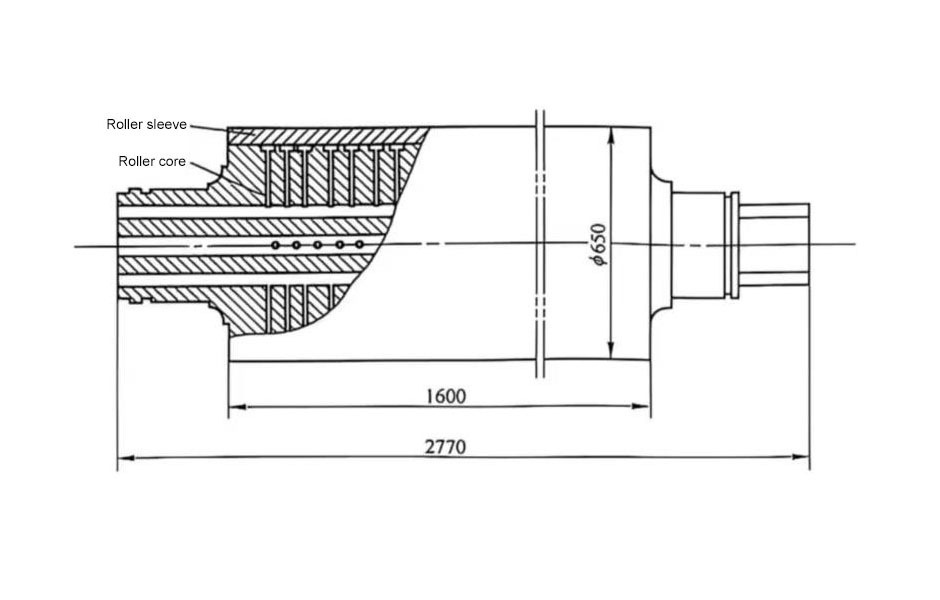🤚🏿In practical applications, the electrolytic capacitors can be classified in more detail according to the different metal materials and shapes of the anode valve of the electrolytic capacitor, the voltage level, the packaging form, or the different electrolyte forms, the use of the capacitor and the working environment, Easy to choose when applying.
⭐️1. Classified by anode valve metal:
At present, the actual valve metal materials used are only three materials: aluminum, tantalum and niobium. There are only some research reports on the simple metals such as titanium and hafnium and alloy materials such as tantalum-niobium alloy and aluminum-titanium alloy.
Tantalum-niobium alloy materials can take advantage of the low leakage current performance of the tantalum metal oxide film and the high dielectric constant and relatively low cost of the niobium metal oxide film to form a complementary advantage, develop a new type of electrolytic capacitor with low cost and excellent performance.
For aluminum-titanium alloy materials, it is an attractive new electrolytic capacitor material. On the one hand, the cost of aluminum is lower; on the other hand, the dielectric constant of titanium dioxide is very high. Therefore, the combination of the two is expected to develop an ultra-small electrolytic capacitor with a lower cost and a larger capacitance.
⭐️2. Classified according to the shape of anode metal:
The electrolytic capacitors made by rolling metal materials into metal foils of different thicknesses, followed by electrochemical corrosion to form a large surface area porous aluminum foil, and then anodized to form an oxide film dielectric are called foil electrolytic capacitors.
Electrolytic capacitors made by pressing and sintering metal powder into porous sintered bodies with different properties, and then anodized to form an oxide film dielectric, are called sintered electrolytic capacitors.
With the development of additive manufacturing technology, a foil type aluminum electrolytic capacitor has emerged that uses metal aluminum powder to be coated on a thin aluminum foil, rolls, and sinters to form a large surface area porous aluminum foil, and then uses the same process as the foil type electrolytic capacitor to manufacture foil type aluminum electrolytic capacitors. . In addition, in order to obtain products with small capacitance, sintered anodes can also be made into wire, rod, and chip shapes, such as tantalum wire electrolytic capacitors, aluminum sheet electrolytic capacitors, etc.
⭐️3. Classified by electrolyte form:
A capacitor that uses a liquid electrolyte as the cathode is called a liquid electrolytic capacitor; a capacitor that uses a liquid (or paste, semi-liquid) electrolyte impregnated in liner paper as the cathode is called a dry electrolytic capacitor; a capacitor that uses a solid electrolyte as the cathode , Is called a solid electrolytic capacitor; the electrolyte between the liquid and solid forms, usually in the form of a gel, is called a non-solid electrolyte, and this type of capacitor is called a non-solid electrolytic capacitor.
Since the anodes used in solid electrolytic capacitors are generally in the form of sintered blocks, they are often called “solid sintered” in the type distinction, such as solid sintered tantalum electrolytic capacitors. With organic semiconductor materials (7,7,8,8,-tetracyanide Quinodimethane) TCNQ complex, conductive polymer pyrrole (PPy), polyethylene dioxythiophene (PEDoT) and other new materials are applied to the cathode of electrolytic capacitors, which derive winding solid aluminum electrolytic capacitors, laminated solids Aluminum electrolytic capacitors.
⭐️4. Classified by capacitor shape package:
According to the different application environment of the product, such as different moisture resistance requirements, it can be roughly divided into two types: fully sealed and semi-sealed. Electrolytic capacitors encapsulated with a glass insulator fully sealed structure and metal shell are called fully sealed electrolytic capacitors. Other packaging methods that use rubber plugs, metal shells, plastic shells, resin encapsulation, etc., cannot play a fully sealed role. These types of forms are non-sealed or semi-sealed electrolytic capacitors.
⭐️5. Classified by working voltage:
The withstand voltage or rated voltage can be continuously applied to the maximum DC voltage value of the capacitor at the rated ambient temperature. If the working voltage exceeds the rated voltage of the capacitor, the capacitor is prone to early ageing. Since the dielectric of an electrolytic capacitor is an oxide film formed by anodic oxidation, the working voltage of an electrolytic capacitor is generally 30% to 75% of the forming voltage. The forming voltage of aluminum can reach up to 1100V. Therefore, the working voltage that aluminum electrolytic capacitors can withstand generally does not exceed 700V DC voltage, and the working voltage can be as low as 2V. Therefore, capacitors can be divided into ultra-low voltage capacitors, low-voltage capacitors, medium-voltage capacitors, high-voltage capacitors and ultra-high-voltage capacitors according to operating voltage. For aluminum electrolytic capacitors, ultra-low voltage refers to 2~4V, low voltage refers to 6.3~100V, medium voltage refers to 160~360V, high voltage refers to 400~500V, and ultra high voltage refers to more than 550V.
In actual production, aluminum electrolytic capacitors are distinguished according to the corrosion method using anode aluminum foil, that is, anode aluminum foil using AC corrosion method is called low voltage foil, and anode aluminum foil using DC corrosion method is called high voltage foil. Naturally, capacitors produced with low-voltage anode aluminum foil are low-voltage aluminum electrolytic capacitors, and capacitors produced with high-voltage anode aluminum foil are high-voltage aluminum electrolytic capacitors.
⭐️6. Classified by polarity:
The anodic oxide film of ordinary electrolytic capacitors has unidirectional conductivity, so the anode and cathode cannot be confused, that is, they have polarity. In the manufacturing process of aluminum electrolytic capacitors, the pins of the capacitor are usually made one long and one short. The long one is the anode and the short one is the cathode. At the same time, the plastic sleeve of the capacitor is correspondingly printed with “+” and “-” , And even make marks on the metal pins of large capacitors such as bullhorn or bolt-type capacitors. In use, the positive pole of the power supply must be connected to the anode of the capacitor, and the negative pole of the power supply must be connected to the cathode of the capacitor.
By connecting two electrolytic capacitors in reverse series, a special electrolytic capacitor called a bipolar electrolytic capacitor can be obtained. This type of capacitor is mainly used in DC circuits whose polarity needs to be changed frequently, and can also be used in AC voltage values. In small signal circuits, or used in single-phase motor starting circuits (short-time work in large AC circuits).
⭐️7. Classified by working environment and usage:
According to different operating temperature ranges, capacitors can be divided into normal temperature (-40℃~+85℃) capacitors, high temperature (above 105℃) capacitors, wide temperature (-55℃~+125℃) capacitors, etc.; Capacitors are divided into DC capacitors, high-ripple capacitors, AC (such as single-phase motor start) capacitors, etc.; according to the types of energy storage for different purposes, the capacitors can be divided into high-voltage energy storage capacitors, low-frequency power amplifier capacitors, camera flash capacitors, and laser energy capacitors. , Electromagnetic ejection capacitors, electromagnetic railgun capacitors, etc.
